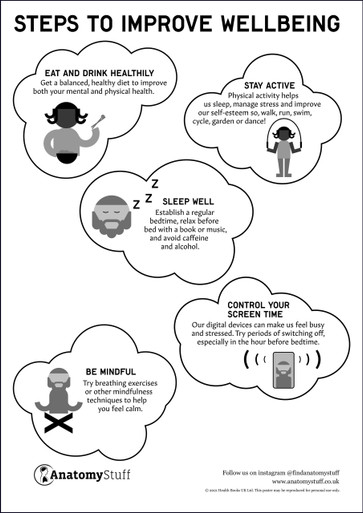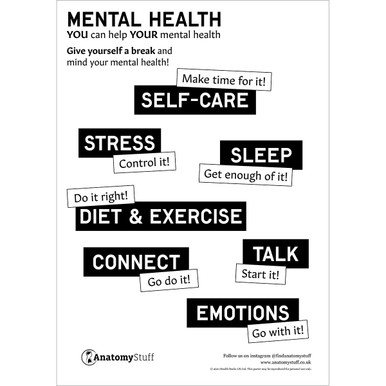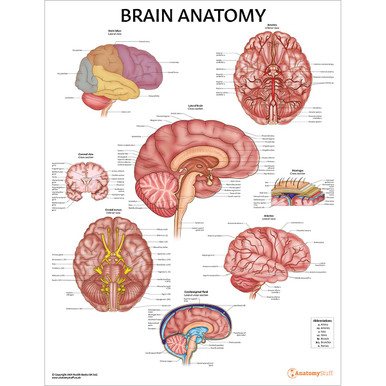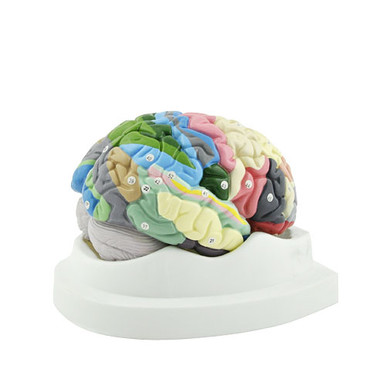SAD – Seasonal Affective Disorder
Many individuals have brief moments when they feel down or not like their regular selves. Sometimes, these mood shifts begin and conclude with the changing of the seasons. People may begin to feel low as the days become shorter in the autumn and winter, but they begin to feel better in the spring as daylight hours increase.
In certain circumstances, these mood swings are more severe and might impact a person’s feelings, thoughts, and everyday functioning. You may be suffering from seasonal affective disorder (SAD), a kind of depression, if you experience substantial changes in mood and behaviour as the seasons change.
Causes of SAD
While we do not know the precise origins of SAD, some scientists believe that particular chemicals produced deep inside the brain induce seasonal changes in mood. According to experts, SAD may be linked to these hormonal changes. One idea suggests that decreased sunshine in the autumn and winter causes the brain to produce less serotonin, a neurotransmitter connected to mood-regulating brain circuits. When mood-regulating nerve cell circuits in the brain do not function properly, sadness, weariness, and weight gain may occur.
SAD often begins in early adulthood and is more prevalent in women than in males.
Symptoms of SAD
Some people with SAD have moderate symptoms, such as feeling out of sorts or irritable. Others suffer more severe symptoms that interfere with relationships and their job. Because SAD is associated with a lack of wintertime sunlight, it is less prevalent in nations where the sun shines throughout the year.
People with SAD tend to sleep much more than average and seek carbohydrates. In addition, they exhibit several of the typical warning symptoms of depression, including:
• Depressed, irritable, or despairing
• Less energy
• Trouble focusing
• Fatigue
• Enhanced or decreased appetite
• More desire to be alone
• Suicidal thoughts
• Weight gain
In the summer, symptoms may subside, and you’ll feel happier and less weary, eat a more balanced diet, and reduce weight.
Free PDF Downloads
View AllHow is SAD treated?
Numerous treatments may benefit many individuals with SAD. They may be used alone or in combination and fall into four categories:
Light Treatment
Since the 1980s, light therapy has been the treatment of choice for SAD. It seeks to expose SAD patients to bright light daily to compensate for the lack of natural sunlight during the winter.
For this therapy, the individual sits in front of an extremely bright light box (10,000 lux) daily for 30 to 45 minutes, often in the early morning from autumn through spring. The light boxes, which are around 20 times brighter than typical indoor lighting, filter out UV light, making this therapy safe for the majority of patients.
Talk therapy or psychotherapy
Cognitive behavioural therapy (CBT) is a sort of talk therapy that teaches individuals how to deal with challenging circumstances. CBT-SAD also employs a technique known as behavioural activation, which assists clients in identifying and scheduling enjoyable indoor or outdoor activities to offset the wintertime lack of interest.
When researchers directly compared CBT and light therapy to improve SAD symptoms, both therapies were shown to be equally beneficial. Some symptoms seemed to improve somewhat more rapidly with light treatment than with CBT. However, a long-term trial that tracked SAD patients over two winters revealed that CBT’s favourable benefits seemed more durable over time.
Medications
Because SAD, like other forms of depression, is connected with serotonin activity changes, selective serotonin reuptake inhibitors (SSRIs) are also used to treat SAD symptoms. These substances may considerably improve patients’ dispositions. Fluoxetine, citalopram, sertraline, paroxetine, and escitalopram are typical SSRIs. Discuss the potential risks of taking these drugs for your illness with your doctor. You may need to try many antidepressant prescriptions before you discover one that alleviates your symptoms without causing you to experience undesirable side effects.
Vitamin D
Because vitamin D insufficiency is common among SAD patients, vitamin D supplementation may help alleviate their symptoms. However, research examining the efficacy of vitamin D in treating SAD has yielded contradictory results, with some claiming that it is as helpful as light therapy and others finding no impact.
SAD is a concerning and can be a debilitating condition, but fear not, there are several supports out there –just ensure you seek them.
Related products
View All













